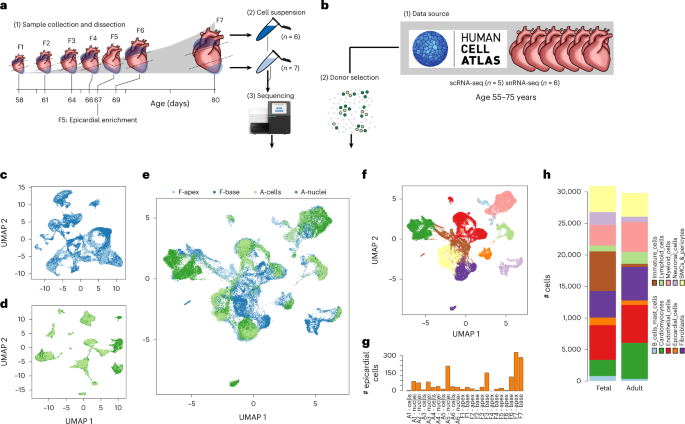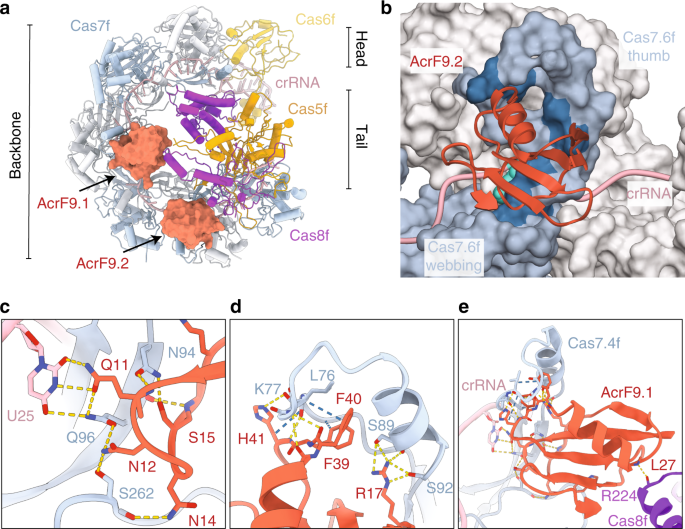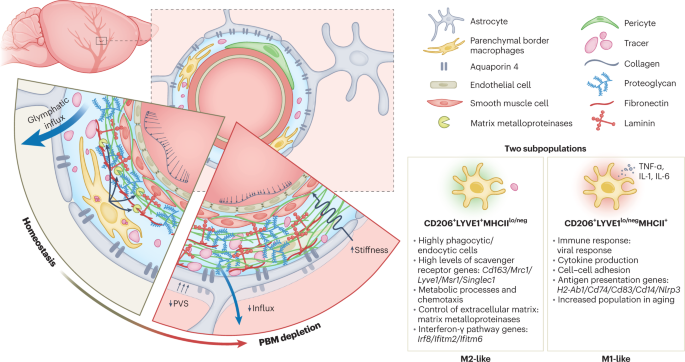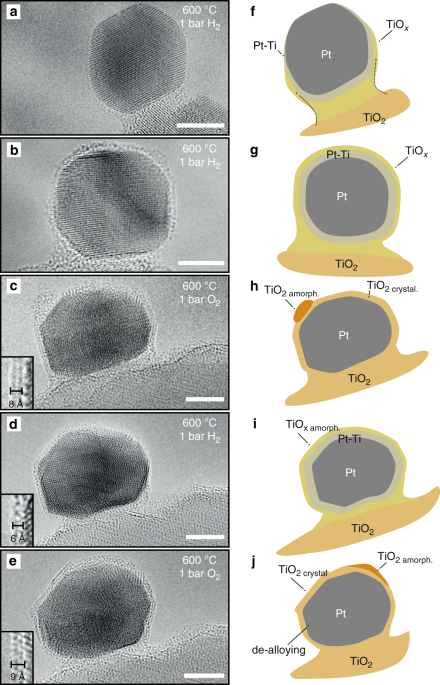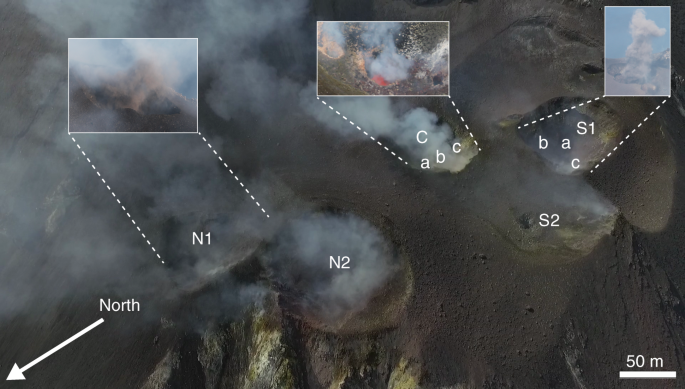- Select a language for the TTS:
- UK English Female
- UK English Male
- US English Female
- US English Male
- Australian Female
- Australian Male
- Language selected: (auto detect) - EN
Play all audios:
Neonatologists from nine New York City area hospitals surveyed readmissions in the first two weeks of life of infants discharged from regular nurseries in 1995. There were 28,956 live births
(84% term); 392 infants were readmitted to study hospitals. The number readmitted to non-study hospitals is unknown. The median age at discharge was 48 hrs; 9% were at ≤24 hrs; 22% at
≤48hrs; 16% of infants readmitted were < 37 weeks GA, 45% of whom were discharged at < 48 hrs. Equal numbers of male and female infants were readmitted; the racial/ethnic distribution
was Asian 8%, Hispanic 21%, black 23% and white 46%. Age at readmission as well as mean length of stay were related to ethnicity. Asians were admitted earliest and black infants latest,
p<.0.01. Mean LOS after readmission was shortest for white infants (77 hrs) and longest for Hispanic. (123 hrs), p<0.001. LOS for black infants was 107 hrs and that for Asian infants,
88hrs. Jaundice or hyperbilirubinemia were the reasons for 74% of admissions in the first five days of life and 9% of admissions in the second week; 53% of jaundiced infants were BF alone.
Mean age at admission for jaundice was 97 hrs.; 68% were male. Mean bilirubin at admission was 19 mg/dL; 36% had maximum bilirubin ≥20 mg/dL; in 3% the bilirubin was ≥25 mg/dL. The highest
bilirubins were among the Asian infants, the lowest among Hispanics. Therapy consisted of phototherapy (76%), cessation of breast-feeding (63%), and exchange transfusions in three infants
(0.8%). The average LOS was 65 hrs. Suspected sepsis accounted for 22% of readmission in the first week and 56% in the second, p <0.001. The interval between post-natal discharge and
readmission for sepsis was greater than that for infants admitted for jaundice, 146 vs 78 hrs, p<0.01. The percent with positive cultures in the sepsis group in the first week of life was
5% compared with 17% in the second week, p<0.05. Based on the reviews by the study participants, 66% of admissions for jaundice were related to early discharge compared with only 11% of
admissions for suspected sepsis. This study of a large diverse group of neonates indicates that time of post-natal discharge, race and gender, as well as readmission diagnosis influence time
of readmission and length of stay in the first 2 weeks of life. Authors * Audrey K Brown View author publications You can also search for this author inPubMed Google Scholar * Karla Damus
View author publications You can also search for this author inPubMed Google Scholar * Rita Harper View author publications You can also search for this author inPubMed Google Scholar *
Katherine King View author publications You can also search for this author inPubMed Google Scholar * Hee Kim View author publications You can also search for this author inPubMed Google
Scholar ADDITIONAL INFORMATION Early Discharge Survey Committee of the Greater New York Chap, of the March of Dimes, N. Y., N.Y. RIGHTS AND PERMISSIONS Reprints and permissions ABOUT THIS
ARTICLE CITE THIS ARTICLE Brown, A., Damus, K., Harper, R. _et al._ Factors Relating to Readmission of Term and Near-term Neonates in the First Two Weeks 974. _Pediatr Res_ 43 (Suppl 4), 168
(1998). https://doi.org/10.1203/00006450-199804001-00995 Download citation * Issue Date: 01 April 1998 * DOI: https://doi.org/10.1203/00006450-199804001-00995 SHARE THIS ARTICLE Anyone you
share the following link with will be able to read this content: Get shareable link Sorry, a shareable link is not currently available for this article. Copy to clipboard Provided by the
Springer Nature SharedIt content-sharing initiative
